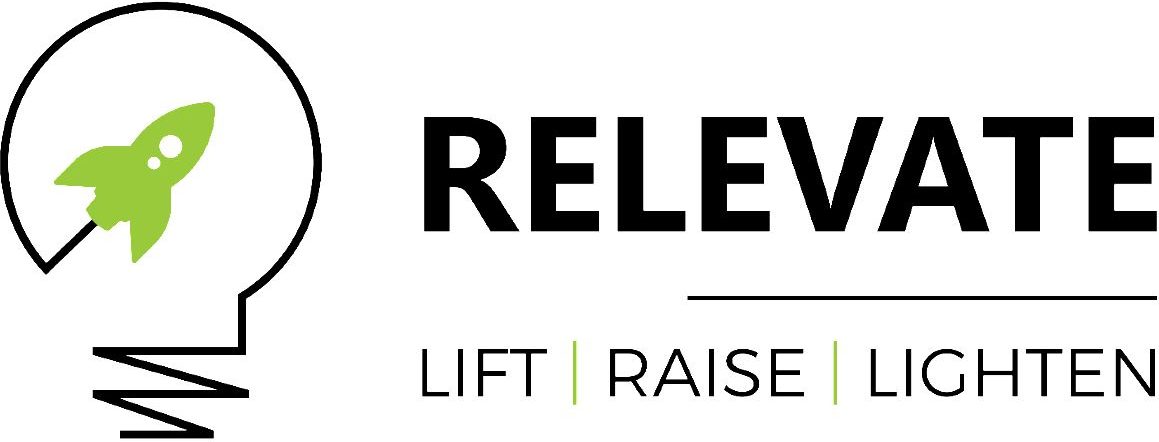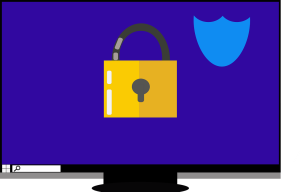If emails are not arriving in your inbox from your bulk email platform you need to consider making a few changes.
Email has become a widely used marketing tool. Unfortunately everyone else knows that too. Inboxes get flooded with emails and users of email platforms get frustrated with unwanted email and look elsewhere. Naturally the email service provider such as Gmail or microsoft exchange have it in their best interest. They provide options to filter don’t what the user wants.
Now that we know why emails get rejected. Lets see what we can do to get them landing in the inbox.
The options are:
Authenticating your domain –
Pasting a special code in your domain host panel to show the email service providers that it is actually you and you intend it sent those emails. This is done through DKIM and SPF records. The process is slightly different for each domain host. But most software providers have instructions for this in their knowledge hub.
Getting double opt in –
If you have ever clicked to confirm your email address, you have completed a double opt in. That means that if someone else entered your details and couldn’t access your email confirm that could not land content in your inbox without your confirmed consent. If you don’t do this you risk landing in junk instead of the inbox.
Minimising bounced emails –
As the sender you need to provide engaging content. Sometimes people change employer, email addresses etc. The emails that cease to exist then “bounce” in other words. There is no inbox to receive them so an error message is returned. Keeping contact details up to date and confirming details are a good way to reduce bounce rates. You can also use suppression lists to take them out of automated workflows while you get to work checking details.
Minimising spammy content –
Email service providers use AI and filters to give each email a score based on the words. The number of links and the reputation of the sender domain. This score depends on the recipients security settings and helps the email service provider decide whether to put it in the inbox or junk folder. Consider the words you use when writing, too many emojis and exclamation marks may go against you including any keywords on Bitcoin or making millions of dollars.
In our experience, less is more. Some of the most effective emails are personalised plain text with little to no images. An intriguing subject line and a single call to action. This works for both email service providers and simple human attention. Marketing that looks like marketing is less effective than a simple email. They are also less likely to end up in junk.







